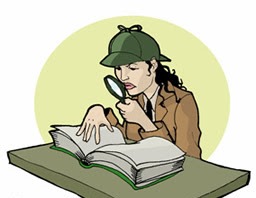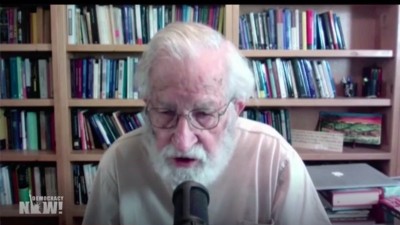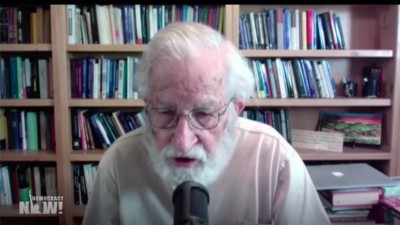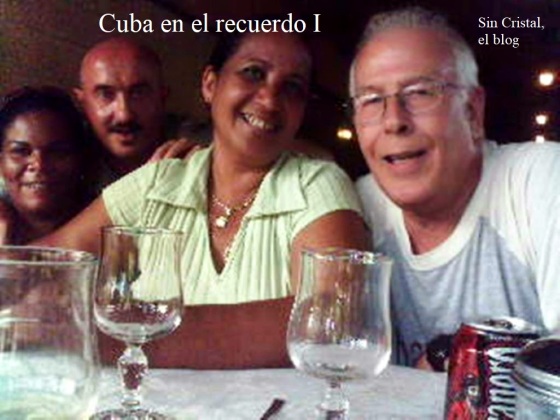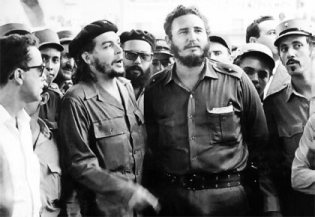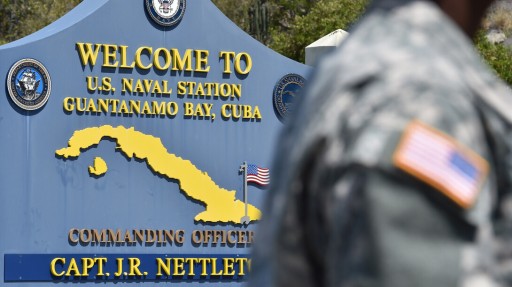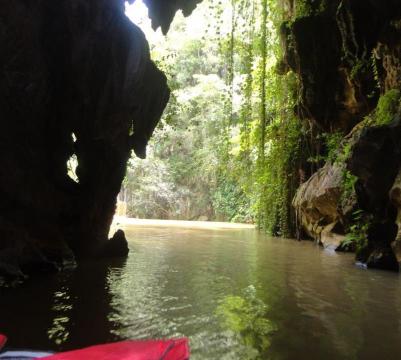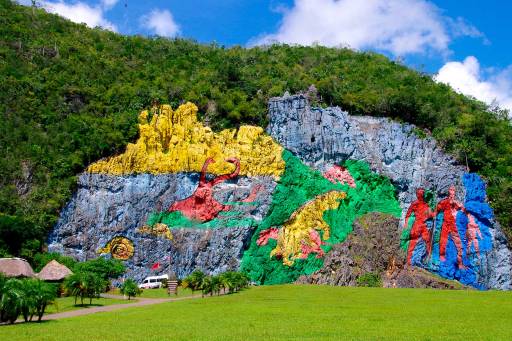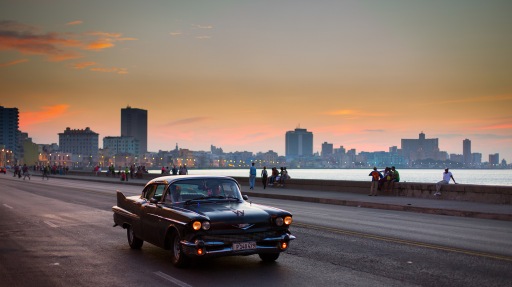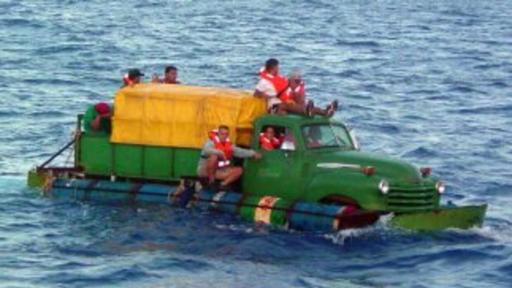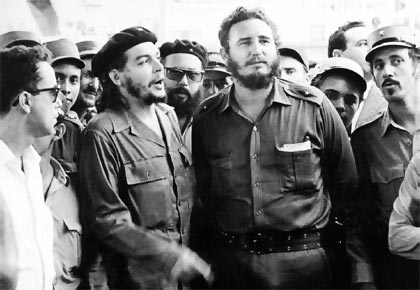The article has an extension of half a page, but if you don’t feel like reading, at the bottom of the page you have it on video.
I’ve been thinking about this for some time now. I’m not talking about reading, take a look and you’ll see, books (although they are read) we can also talk about them. Reading is much broader and books are included in it, of course. You can read anything, there are many ways to ‘read’.
Lately, especially on television, many interviews are seen from any program with other experts at home or in his office. Have you noticed that bookstores often appear in the background? Above all, the ones that surprise me the most are those of jurists. Have you seen the big encyclopedias in the back? It is normal for everyone in their professional life or in his devotions to have all these books or others, that would have to be seen, but… don’t you think that in these interviews there is a lot of ostentation about what the expert is going to say? It’s like being supported by his knowledge (and never better said) of him. A little humility perhaps?
Let’s leave the background of the interviewee and go to the bottom of the reflection. Do you really have to stuff yourself with books? Look; a book is a means for a writer to present his thesis, ultimately an opinion, his own. When you are young, you read any book that falls into your hands (well, others not so much), but little by little with age, you choose topics or authors, although it is very possible that when you are old you already take a large number for granted. thesis and desist from… more books, unless you just want to be distracted.
In any case, if what you are looking for is information, today there are many means to obtain it. From radio or TV, or the same movies and documentaries… and I’m not telling you anything about other types of information such as Social Networks. Another world that is coming upon us. In short, reading yes, but also through the new audiovisual media.
I have a friend who is very fond of reading, he will come to read a book a month. The other day I asked him about the last book he read; four brief words and the description of a 300-page book is over. I asked him about the penultimate one and he told me a couple of them, but when I asked him about the penultimate one, he didn’t tell me anything. There is a lot of ‘culture’ out there loose.
Until the next reflection.
Joan-Llorenç sincristal@hotmail.com

